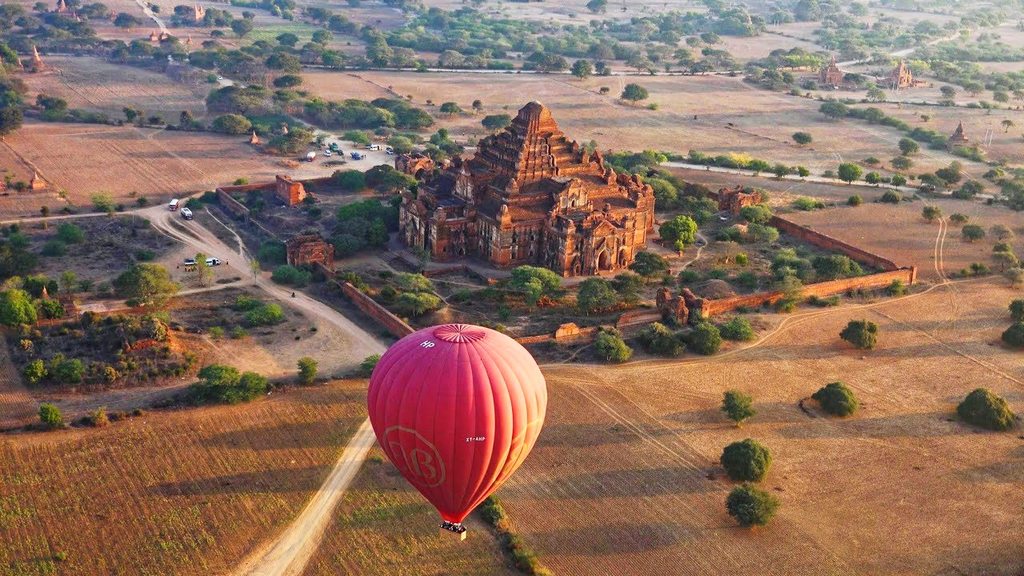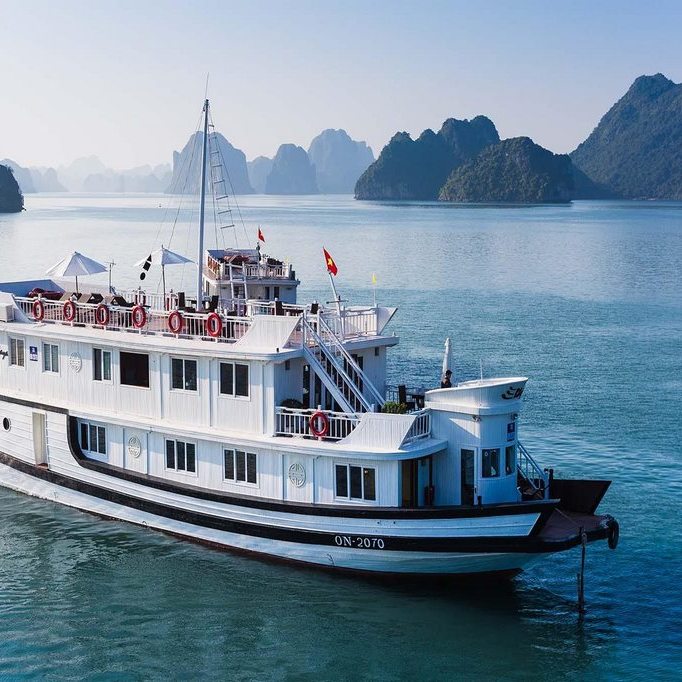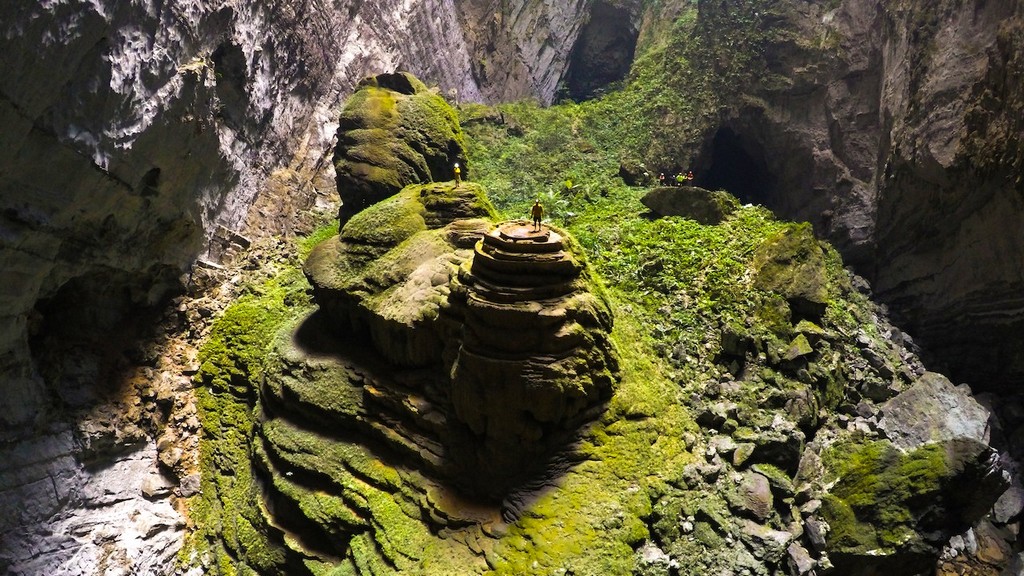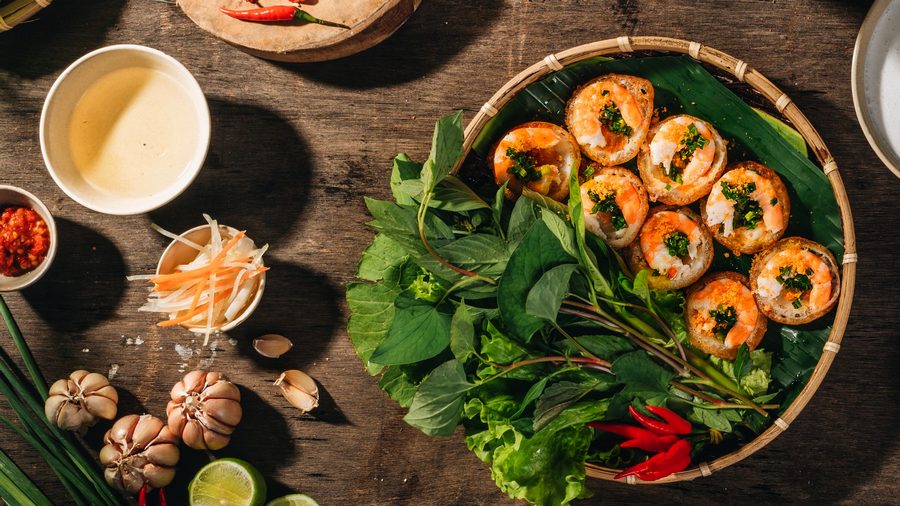
Myanmar – A Hidden Gem
Myanmar is located in the Gulf of Bengal, surrounded by Thailand in the west, by Laos and China in the Northeast and India and Bangladesh in the Northwest. Until not many years ago, Myanmar was one of the most inaccessible countries in Asia with completely closed to foreign trade they maintain their Buddhist traditions. Today Myanmar has opened its doors and invites us to know it for ourselves.
The Irrawaddy is the heartbeat of Myanmar and is the most viable means of access to many of the attractions of the country, it is navigable in Bhamo and forms a huge delta of nine branches that eventually empties into the Bay of Bengal, near the city of Yangon. The highlight is the Razi Hkakabo at an altitude of 5881m in the extreme north of the country.
HISTORY OF MYANMAR
“Mingalabar” is the traditional word of welcome, not only used at the official level but by the people of the town, who want to prosper and integrate into the world, after many years of isolation.
Until not many years ago, Myanmar was one of the most inaccessible countries in Asia with completely closed to foreign trade they maintain their Buddhist traditions.Although some pressure groups resist the opening of the country, history has shown that personal freedom is always a consequence of economic freedom.The cities of Myanmar have already been transformed since the introduction of a free market economy in the early 1990s. Infrastructures are now more efficient and the standard of living is growing rapidly, although this has had a high cost: the deterioration of the magnificent heritage Architectural of the colonial era is a current issue.

The recent opening of the country as a tourist destination can serve to avoid the mistakes of neighboring countries. Tourism can be both an instrument of growth and destruction. The development of a sustainable tourism goes through foreign investments that respect the environmental and ecological principles and, on the part of the visitors, by an attitude of respect towards the Buddhist traditions, moderation in the way of dressing as well as the support to the local products .
THE CLIMATE IN MYANMAR
The best time to visit Myanmar is from mid-October to early March. During that period, the climate is temperate and dry. However, the temperature can be very low in altitude (Inle Lake) and especially during the night.
The warm season runs from March to mid-May and the rainy season from mid-May to early October. The months to avoid are May and June, which are hot and humid. In July, August and September, it rains a lot in Yangon, but relatively less in the North (Bagan, Mandalay and Inle Lake).
LANGUAGE
The official language of Burma is Burmese. It is written through signs and is quite complicated to understand. Due to the ethnic diversity that Myanmar presents, there are many secondary languages and dialects, up to a hundred different languages are spoken throughout the country.
English is the second official language in the whole country, it is taught in schools from small, so you will not have any problem to understand and make them understand you.
CURRENCY
The currency used in Myanmar is the Kyats. Make sure you have enough money in dollars because it is difficult to find an ATM there, they are starting to be introduced now and only in the most touristic places. In most hotels and restaurants accept payments in dollars. The dollars must be in perfect condition, since they are quite reluctant at the time.
Places of interest in Myanmar
YANGON
Former capital of Myanmar, Yangon is still the commercial heart of the country and also the center of its spiritual life thanks to Shwedagon Paya, while the colonial period buildings that are grouped in the city center give it a charm that can hardly be acquired other cities.
Sule Paya and Mahabandoola Garden: When the British drew up a plan to build the streets of the city, they put Sule Paya in the heart. With a central gold stupa of 45 meters, it is one of the most outstanding and visited monuments of the city of Yangon. The pagoda is surrounded by a ring of shops forming a bustling structure, contrary to the surprising tranquility that you will find inside.
To the southeast of Sule Paya is the Mahabandoola garden, a bit scruffy but a good place to escape the hustle and bustle of the city. You can see a monument to independence placed there in 1950.
Shwedagon Paya: This pagoda is the Buddhist heart of Myanmar, its great golden stupa is less than three kilometers northwest of the city center. Legend has it that this shrine was built during the life of Buddha to house eight of his hair that were brought by two merchants.
The Shwedagon Paya is full of incredible corners that will take several hours to visit. The main pagoda dominates the entire environment, but there are a number of smaller shrines with Buddha images surrounding it. For the people there the visit to the pagoda is a social event where to meet friends and family, and even to do business.
The pagoda is especially spectacular at dusk, when the last rays of sun accentuate the golden color of the pagodas. As in all Buddhist shrines, one should walk on the right. You must enter barefoot. Many Buddhists visit the sanctuary belonging to their birth day, offering flowers, lighting a candle and pouring water over the image.
The colonial core: The streets around Sule Paya contain many of the most interesting buildings from the colonial era of Yangon, including several abandoned by the government when it moved the capital to Nay Pyi Taw.
To the northwest we find the Town Hall, with a British design whose decoration is inspired by the temples of Bagán.
Nearby we find Pansodan Street, a treasure trove of colonial buildings, including the Supreme Court, built in 1905, with a typical style of the British Empire in India. The building is still used for the same function, but the country’s highest court is now in Nay Pyi Taw.
Botataung Paya: A large complex built on the banks of the river, its golden stupa stands 40 meters high, has a picnic area around popular in the area. It is said that the history goes back more than 2000 years, but the buildings were destroyed by the bombings of the RAF in 1943 and rebuilt after independence. The relic of the pagoda is a Buddha’s hair kept in a box adorned with gold and precious stones.
National Museum: The National Museum is a list of lost opportunities to showcase the rich culture and history of Myanmar. Most of the objects exhibited are lost in darkness and anonymity. The highlight is the Lion Throne, an exhibition of wealth belonging to the last Burmese king.
Maha Wizaya Paya: A modern pagoda located southwest of Shwedagon Paya, does not attract attention from the outside, but it surprises us so we enter the interior: the roof has been painted with a Buddhist zodiac and the central area is often filled with offerings, what makes the whole place smell like flowers.
Lakes of Kandawgyi and Inya: With excellent views of Shwedagon Paya, the promenade around Lake Kandawgyi is a good place to take a walk, a park surrounded by trees, with a lot of restaurants and cafes. Lake Inya is much larger and you can even practice swimming, rowing or sailing. Here we will find the house of Aung San Suu Kyi, where he spent a lot of time under arrest. Surrounding the lake we can see the mansions of the richest and most famous in the area.
Kyauk Taw Gyi: As soon as we see her we will be struck by her huge seated Buddha. It was carved in a single piece of marble near Mandalay and taken to Yangon by boat and train. Located about fourteen kilometers from the center, it can be reached by train or taxi.
PYAY
Pyay is the most interesting place on the road between Yangon and Bagan, a small cozy town that few people visit, and where it is worth making a small stop on the way to Bagan.
Shwesandaw Paya: It is the biggest attraction of Pyay, with a spectacular stupa the same size as the Shwedagon Pagoda in Yangon. It is an important place of pilgrimage, since it is said that Buddha hair is kept inside and also a tooth.
Thayekhittaya: The ruins of Thayekhittaya are about 8 kilometers away. There is a small government museum and a route of about eleven kilometers, which can be done on foot or in a cart drawn by oxen, where you will find three pagodas that extend like watchtowers along the walls of the city. the city.
BAGAN
It is probably the most visited destination of Myanmar, with more than 4000 temples not to be missed. Actually Bagan is divided into three parts: Nyaung U, with a wide range of restaurants and accommodation for the tightest budgets, Old Bagan, where there is the highest concentration of temples and pagodas, and New Bagan, where most restaurants are located and hotels.
Ananda Pahto: One of the most popular temple in Bagan. Built in the shape of a cross, with a huge Buddha at each end, it is always full of tourists and street vendors.
Shwezigon Paya: At the western end of Nyaung U, it is the main religious center of the city. It is said to house three different relics of Buddha inside: a tooth, a clavicle and a diadem. Its design has been the inspiration of many later pagodas within Myanmar.
Shwesandaw Paya: South of Old Bagan is one of the most famous temples in the area. Highlights the shape of the tower, which narrows to end at a point, and the amazing views that offers us of the temples around.
Dhammayangyi Paya: About 500 meters from the former is the huge pagoda Dhammayangyi, started in 1166 by King Narathu, but left unfinished. The interior decoration is minimal.
There are many more interesting pagodas to see, but if you want to see a spectacular sunset you can not miss visiting Shwesandaw Paya and Pyathada Paya, especially popular for their views from the highest point of both pagodas.
INLE LAKE
The huge and serene Inle Lake is one of the most visited attractions in Myanmar. Its attractiveness does not only reside in its great natural beauty, but in the different tribal peoples that have lived in the lake for many years. It is very difficult to know where the lake ends and the swamps begin, surrounded by a huge green carpet.
The boats are the main means of transport across the lake, but there is the possibility of renting a motorized boat. You can also find traditional boats, driven by a villager with a wooden shovel.
In the morning you will find an impressive layer of fog over the lake, which will not leave until well into the day, and at night it can be surprisingly cold.
Phaung Daw Oo Paya: It is the most sacred site in the area, with five images of Buddha so ancient that today they are practically unrecognizable. During the annual festival of Phaung Daw Oo festival the images parade around the lake mounted on an ornate barge, an interesting sight to see.
Indein: This village appears suddenly among the dense vegetation of the lake. There we find a complex of ruined pagodas known as Nyaung Ohak, among the forest stand some ornamental carvings of animals.
“Long neck” women Padaung: One of the most curious attractions is to see these “long neck” women, so called because they wear metal rings around their necks.
KALAW
The British used it as a mountain station to escape the heat, it is still considered today a place of vacation and retirement, with a fresh air and a peaceful atmosphere. It is one of the best places to do Myanmar Trekking. Interesting its bustling market, open every day.
MANDALAY
Second largest city in the country and former capital. Important city for trade, especially with China. It is considered as the cultural capital of Myanmar, with traditional shows of the traditional performing arts. Any alley can have a surprise for the visitor in the form of a pagoda.
Mandalay Palace: Built as the residence of King Mindon and the aristocracy of Myanmar, this palace is protected by ramparts and a two-kilometer-long moat. The British used it as a fortress and for the most part they found a military base. Visitors are only allowed to enter through the east gate and are not allowed to deviate from the marked path. The best way to get an overview of the palace is to climb the 130 steps of the watchtower.
Mandalay Hill: For most visitors, the 45 minute walk to Mandalay Hill is one of the highlights of the visit to the city. You will find the road full of life, with many stalls selling souvenirs and drinks against the heat. The two routes that you can access are joined just before Byar Deik Paya, you will find a buddha pointing both routes. The story tells that Buddha pointed to hill and predicted that a great city would be built on his foot.
Amarapura: It was the capital of Burma until King Mindon moved it to Mandalay. Located around Lake Taungthaman, it is a pleasant place, with several important monasteries. The main reason to visit Amarapura is the U Bein Bridge, the longest teak bridge in the world. At the other end a pagoda Kyauktawgyi Paya awaits you.
Sagaing: The main reason to visit the city is Sagaing Hill, which is full of white and golden pagodas and offers wonderful views. The most common way to start the tour is on the south side. The first temple we found is Soon U Ponya Shin Paya which has fantastic views of the Ayeyarwady River and the hills full of surrounding temples. At the top of the hill we find Umin Thounzeh, a curved chamber containing 43 images of seated Buddha and two standing.
Inwa: Formerly known as Ava, it was the capital of Myanmar for more than 300 years. The usual thing is to rent a horse drawn carriage and make a circuit of about five kilometers visiting the main point of interest.
Leave a Reply:
You must be logged in to post a comment.




